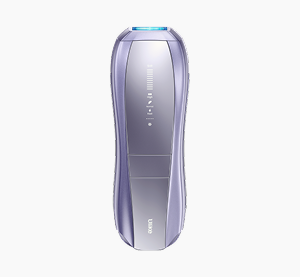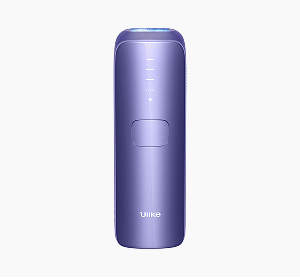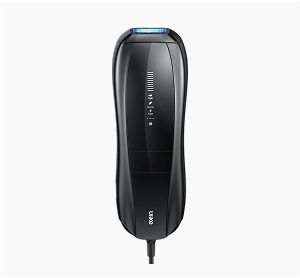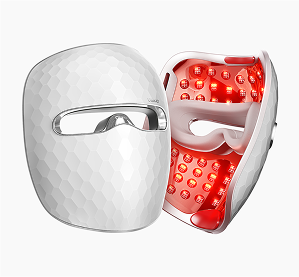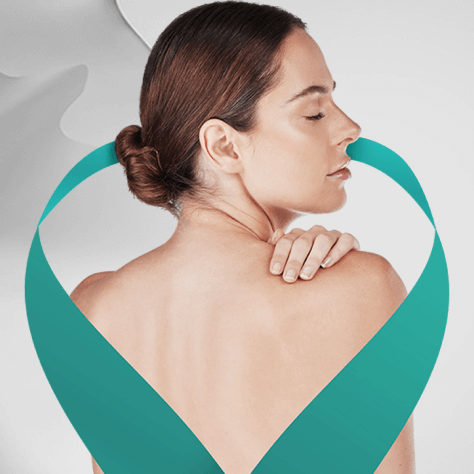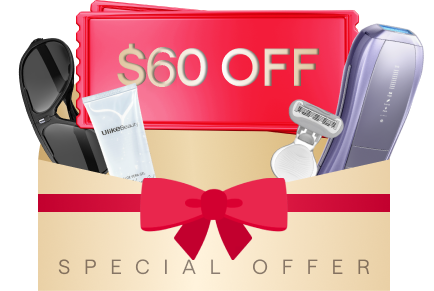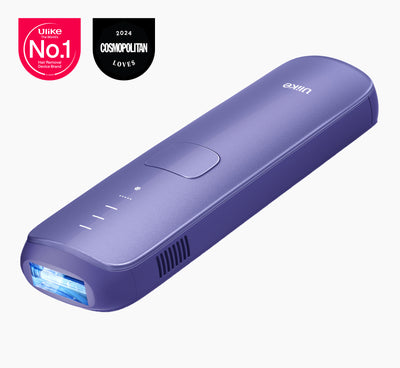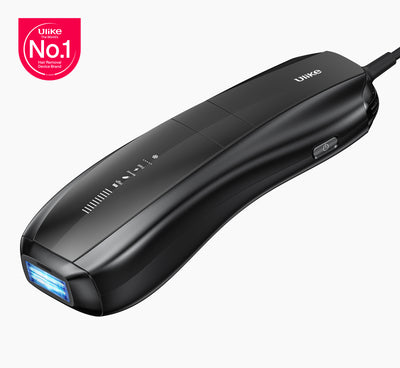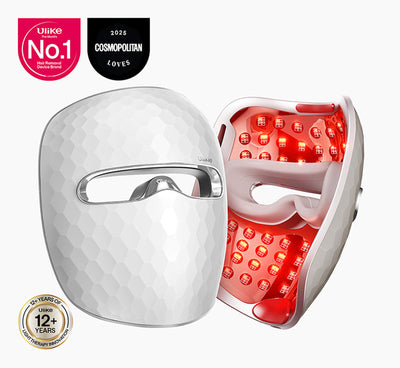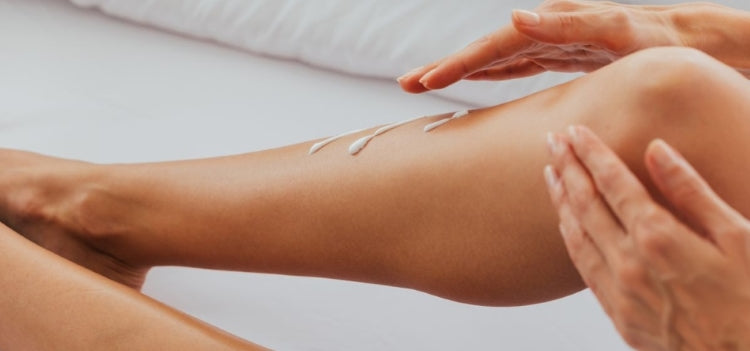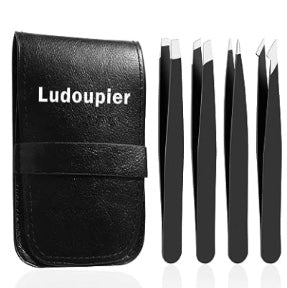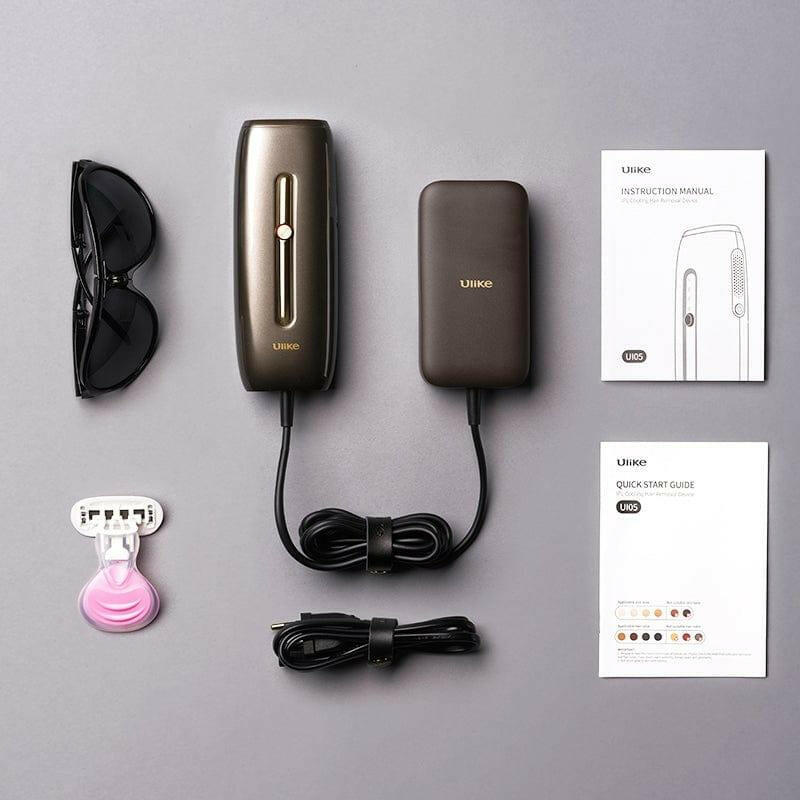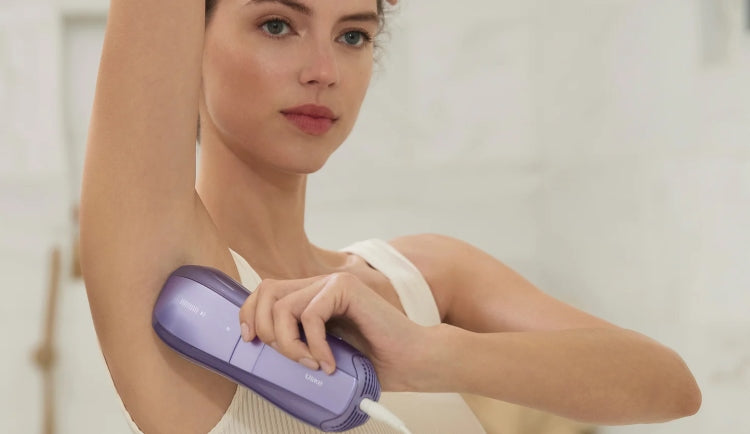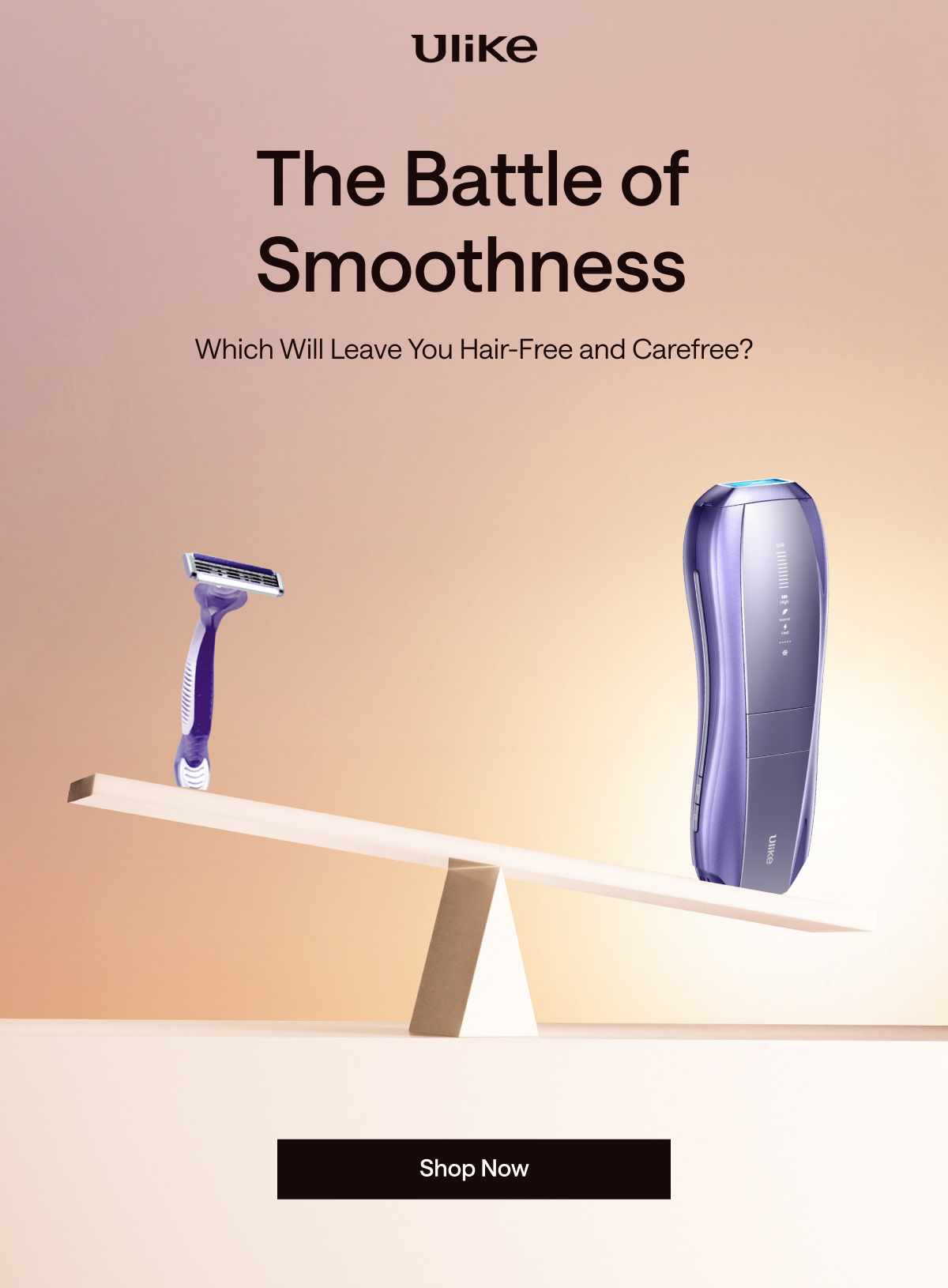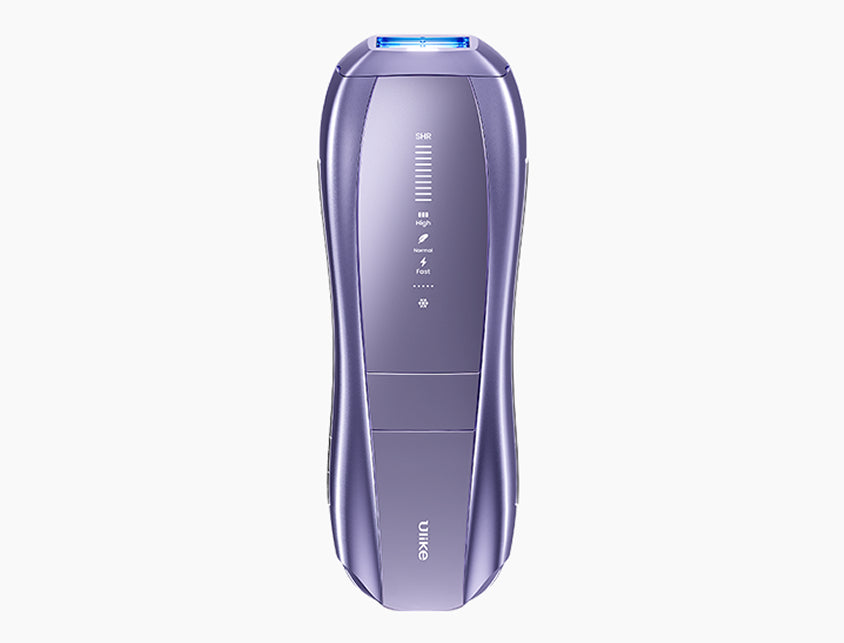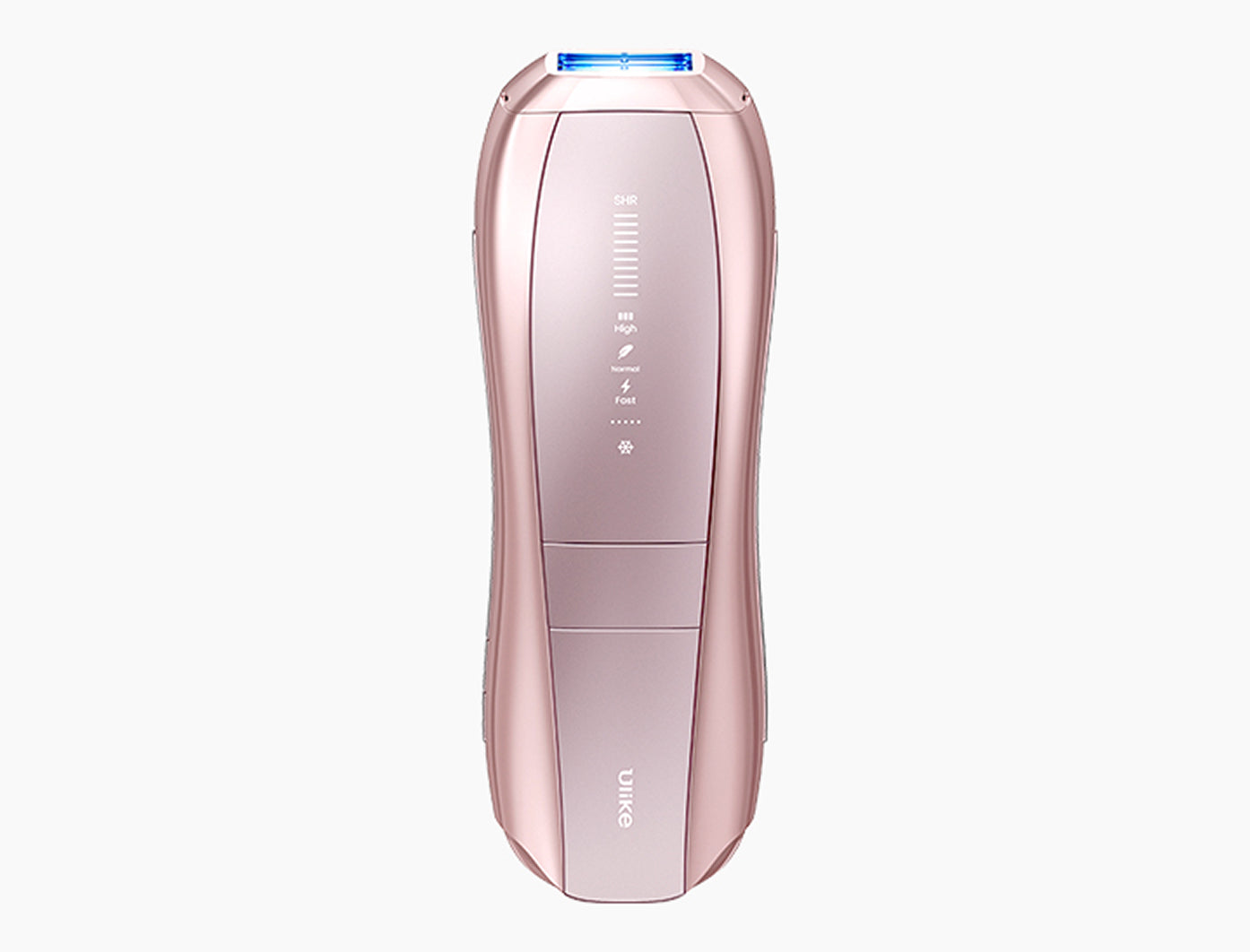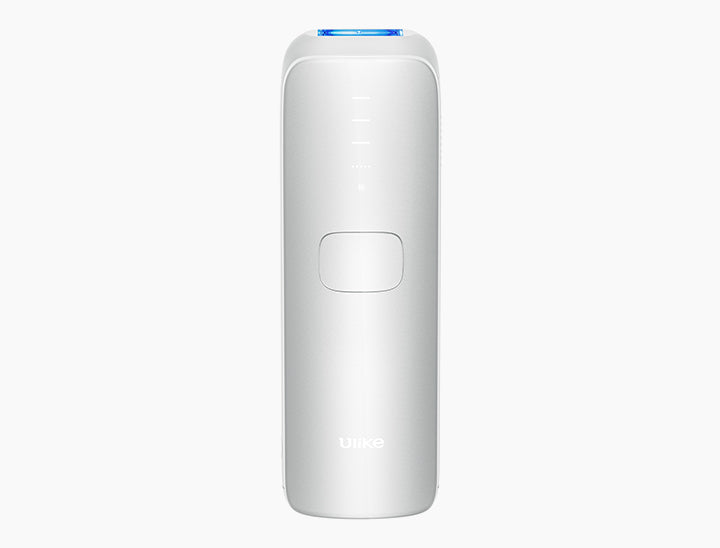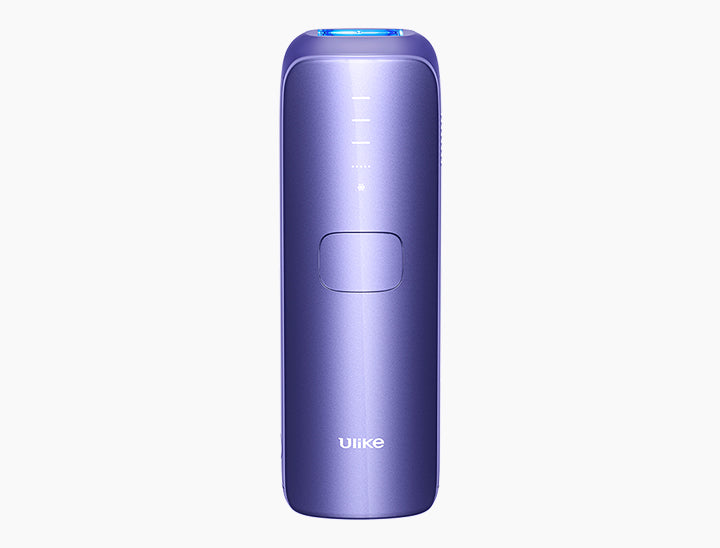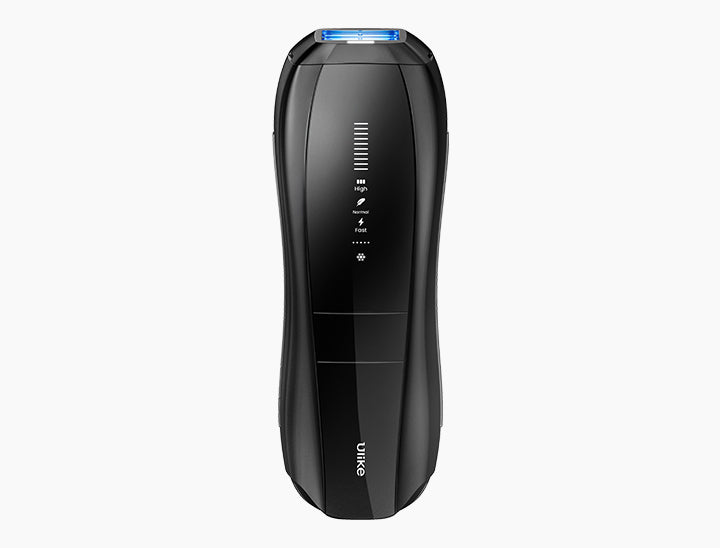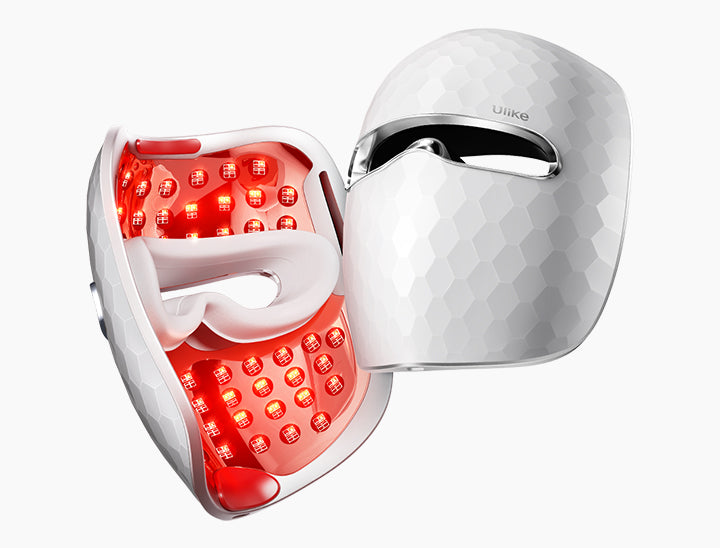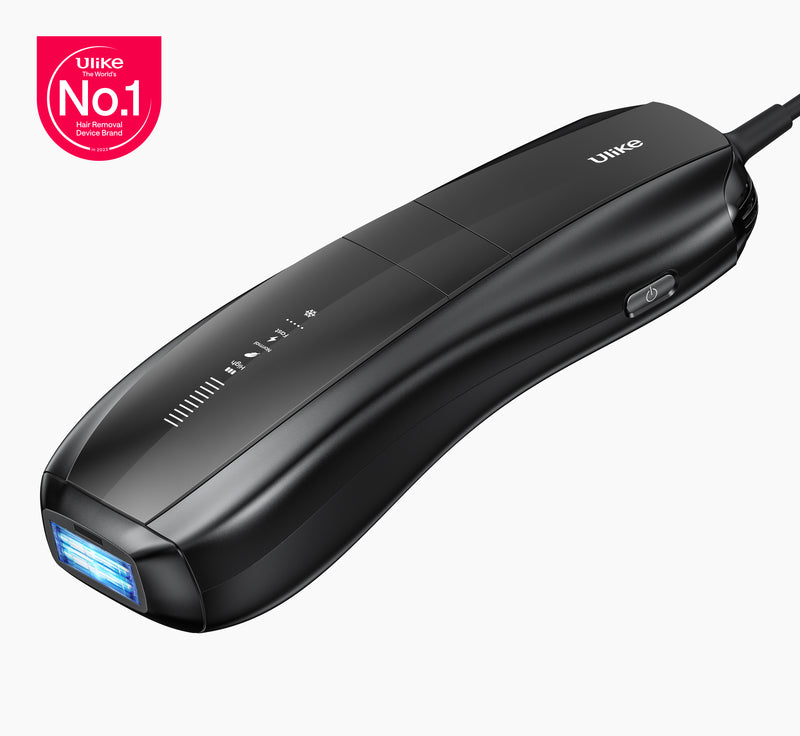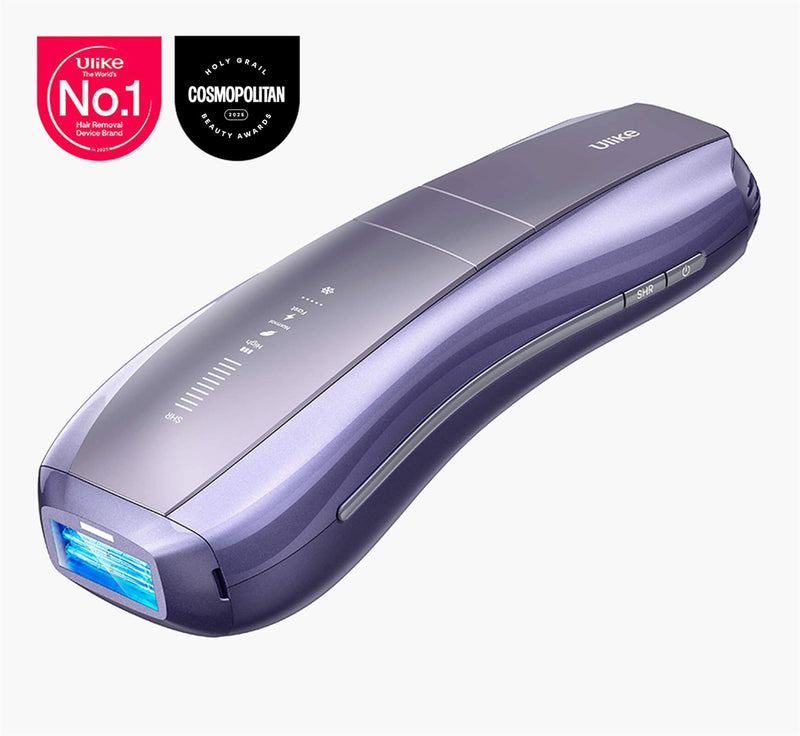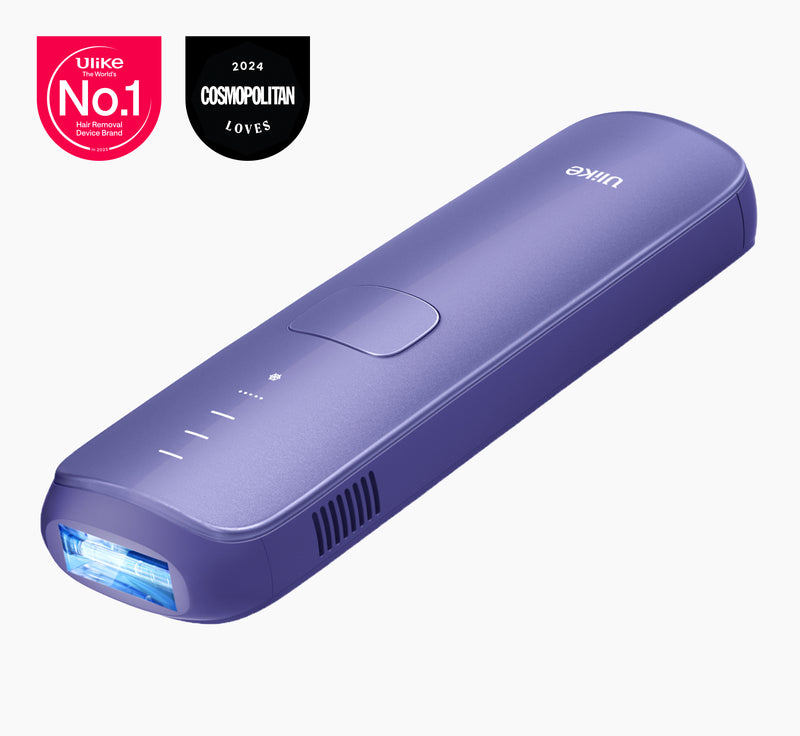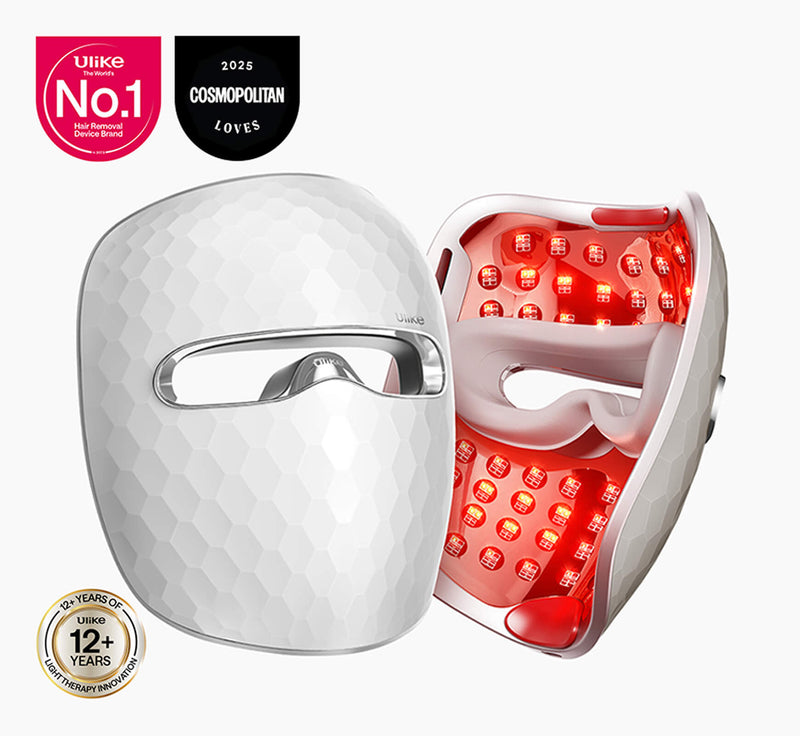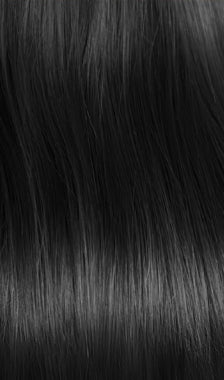Pregnancy comes with a lot of changes, both in the mental health and physique of the to-be Mom. One of the physical changes that impact mental health adversely and make you question your beauty while being pregnant is the increased hair growth on different parts of the body and face.
Removal of this hair and getting silky smooth skin can make you happy about yourself. Therefore, one option that you consider for getting rid of unwanted hair is depilatory creams, right?
However, the chemical ingredients of hair removal creams like Nair and Veet also raise concerns about their use for the baby. So, if you are wondering, “Can I use Nair or Veet hair removal cream while pregnant?” Let us explore the facts and possibilities.
1. Why Does Hair Growth Increase in Pregnancy?
 Most often, women have normal or even minimal hair growth before pregnancy. But during pregnancy, this hair grows exponentially, becomes thicker and darker, and even grows in weird places like the belly and back.
Most often, women have normal or even minimal hair growth before pregnancy. But during pregnancy, this hair grows exponentially, becomes thicker and darker, and even grows in weird places like the belly and back.
This is because of the increased level of steroid hormones like estrogen. Estrogen helps in the implantation and continuity of pregnancy. As a side effect of this estrogen, hair growth increases on the face and the body.
Hormonal levels shift to normal after pregnancy, as does the hair regrowth rate. This is also one reason why semi-permanent hair removal options like laser and IPL should be avoided during pregnancy [1].
2. What are the Ingredients of Nair and Veet Hair Removal Cream?
Most hair removal creams, including Nair and Veet, contain the following ingredients,
Understanding the ingredients in hair removal creams is essential, especially during pregnancy, when skin sensitivity may change.
- Potassium or Calcium thioglycolic acid
- Calcium carbonate
- Calcium hydroxide
- Sodium sulfate
- Parfum
- Ceatryl alcohol
- Glycerine
- Plant extracts
Salts of thioglycolic acid are the most potent of the ingredients in hair removal creams.
Salts of thioglycolic acid are commonly used in hair removal creams due to their effectiveness in breaking down hair structure.
3. How does Nair and Veet Hair Removal Cream Work?
When considering the ingredients of hair removal creams, it is important to note that the highest percentage are actually protein-hydrolysing substances.
Understanding that the majority of ingredients in hair removal creams are protein-hydrolysing substances is crucial for assessing their safety and effectiveness.
They break down the keratin in the hair strands, turning the hair into a jelly-like substance and allowing you to remove it with a single swipe [2].
This process of breaking down hair is essential for the effectiveness of these creams, allowing for a smoother and easier hair removal experience.
All you have to do is apply the cream on the surface of clean skin, let it work for a few minutes, and then remove it. Do not forget to moisturize your skin after using Nair or Veet hair removal cream as well.
4. Which Body Part Nair and Veet Hair Removal Cream is Compatible With?
 Although most hair removal creams contain the same active ingredients, their other ingredients, such as aloe vera, shea butter, plant, and fruit extracts, alcohols, and essential oils, differ.
Although most hair removal creams contain the same active ingredients, their other ingredients, such as aloe vera, shea butter, plant, and fruit extracts, alcohols, and essential oils, differ.
This difference allows companies to make hair removal creams with a variety of formulations that are suitable for different parts of the body. Therefore, hair removal creams like Veet and Nair are compatible with your face, underarms, legs, arms, private parts, and any body part you can think of.
However, you must pay attention to buying the cream designed for a particular part as using leg hair removal cream on the face might burn your skin.
Using the correct cream is essential, as formulations vary significantly between different body parts.
5. Is it Safe to Use Nair or Veet Hair Removal Cream While Pregnant?
The question of hair removal creams’ safety arises from their working principle. They dissolve the hair. So, people consider that these creams might enter the deeper layers of the skin and find their way to the bloodstream, from where they can reach the baby.
However, that is not true. Hair removal creams do not contain any ingredients that can harm the baby. Therefore, Nair or Veet is considered safe during pregnancy, as explained in a Science Direct publication [3].
While the absence of harmful ingredients is reassuring, it's always advisable to consult with a healthcare provider before using any products during pregnancy.
6. Can I Use Nair or Veet Hair Removal Cream While Pregnant?
Yes, hair removal creams are safe for the fetus. However, can they really be used during pregnancy? Well, let us talk about some physical changes that occur in pregnancy.
First of all, hair growth and texture changes. Therefore, you have to use a hair removal cream with strong intensity. Then, the sense of smell and skin sensitivity is also enhanced during pregnancy [4].
As a result of these changes, selecting the right product and monitoring your skin's reaction becomes increasingly important.
Hair removal creams have a bad odor that is not masked completely. The heightened sense of smell can make you nauseous. Similarly, the increased skin sensitivity makes your skin prone to chemical burns, allergies, and other skin reactions.
Due to these factors, considering alternatives or seeking professional advice may be beneficial to ensure safety and comfort.
Thus, even if they are safe, it is better to avoid hair removal creams during pregnancy. Also, note that you can simply do a patch test to determine how your body reacts to the cream and then make the final decision.
7. What are the Precautions to Use Nair or Veet Hair Removal Cream in pregnancy?
If you decide to use hair removal cream during pregnancy after a patch test, here are some precautions you can take to avoid the side effects of hair removal creams,
- Select the product based on the body part you want to use it on
- Go for fragrance-free and sensitive skin-friendly hair removal creams
- Do not leave the product on the skin longer than the recommended time
- Pre and post-care of the skin during the use of hair removal creams is essential
- While applying the product, be as gentle as possible. Do not try to rub the cream into the skin or remove it harshly as well
Choosing the right product is crucial, as each formulation is tailored for specific areas of the body to ensure safety and effectiveness.
Fragrance-free products may help reduce the risk of irritation, which is especially important during pregnancy.
Following the recommended time ensures safety and minimizes the chance of skin reactions.
Proper skin care before and after using hair removal creams can enhance results and maintain skin health.
Applying the product gently can help avoid skin irritation and ensure a more comfortable experience.
8. Which Hair Removal Methods Can be Used in Pregnancy?
If you decide to go against using hair removal creams, here are some other methods to try.
Alternative methods can provide safe and effective options for hair removal during pregnancy, allowing for personal preference.
Tweezing
 Sometimes, women only grow a few hair strands on their chin or upper lips during pregnancy. If that is the case for you, you can simply use a tweezer to get rid of such hair on your face; there is no need for complete facial hair removal.
Sometimes, women only grow a few hair strands on their chin or upper lips during pregnancy. If that is the case for you, you can simply use a tweezer to get rid of such hair on your face; there is no need for complete facial hair removal.
Threading
If your main concern regarding hair removal is diffuse hair growth on the face, the answer is threading. Threading can help you get rid of upper lips, shape eyebrows, and remove hair on the chin and forehead as well.
Threading is a precise technique that can effectively shape facial hair without harsh chemicals.
Also, it serves as a good alternative to waxing, as waxing might burn the sensitive facial skin.
This method is gentle on the skin, which is particularly beneficial for sensitive areas of the face during pregnancy.
Epilation
 Epilators can help you eliminate hair growth on any part of the body as long as you can tolerate the pain. The best thing about epilation is that hair removal with an epilator is hassle—and mess-free. Also, the epilator can be safely used on your arms and legs.
Epilators can help you eliminate hair growth on any part of the body as long as you can tolerate the pain. The best thing about epilation is that hair removal with an epilator is hassle—and mess-free. Also, the epilator can be safely used on your arms and legs.
Waxing
Wax contains no chemicals that can harm the body and no fragrance. Thus, waxing is another method for removing unwanted hair from your body.
As a natural method, waxing may be a safer choice for those looking to avoid chemical exposure during pregnancy.
Furthermore, sugaring is a gentle substitute for waxing.
 Shaving
Shaving
Last but not least, you can simply shave your unwanted body hair instantly whenever it bothers you. Shaving is a nearly painless, quick, and economical hair removal method during pregnancy.
Shaving is often preferred during pregnancy due to its simplicity and speed, making it a popular choice among expectant mothers.
9. Which Hair Removal Methods Work the Best After Pregnancy?
Once you have delivered the baby, the hormonal status goes to the baseline within a month. During this time, you also recover your health. Therefore, this is the perfect time to try a semi-permanent or long-lasting hair removal method.
Ulike Air 10 IPL Device can prove to be the wisest choice for hair removal after pregnancy. It’s super quick treatment sessions allow you to pay full attention to the baby without spending hours in the laser hair removal salon.
Additionally, it feels comfortable on the skin, and the treatment intensity can be tailored to your skin sensitivity.
Tailoring treatment intensity can help ensure comfort, which is particularly important for those with sensitive skin post-pregnancy.
Conclusion
Hair removal creams contain no chemicals that can harm your body or the baby during pregnancy. But they have a strong fragrance and potential to cause skin irritation.
While generally safe, it's advisable to perform a patch test to check for any skin reactions before using hair removal creams during pregnancy.
Therefore, using hair removal creams during pregnancy is safe but not recommended for women with hyperosmia and sensitive skin. You can use some topical methods of hair removal, like shaving, waxing, and tweezing instead.
Women with hyperosmia may find that strong scents from hair removal creams can be overwhelming, making alternative methods more suitable.
References
- A review of the safety of cosmetic procedures during pregnancy and lactation. M.K. Trivedi, BS, BA, G. Kroumpouzos, MD, PhD, and J.E. Murase, MD. Int J Womens Dermatol. 2017 Mar; 3(1): 6–10. PubMed Central. https://www.ncbi.nlm.nih.gov/pmc/articles/PMC5418954/
- What to Know About Depilatory Creams. Medically Reviewed by Debra Jaliman, MD on July 23, 2023. WebMD; Healthy Beauty. https://www.webmd.com/beauty/what-to-know-depilatory-creams
- A review of the safety of cosmetic procedures during pregnancy and lactation. International Journal of Women’s Dermatology. March 2017. Science Direct. https://www.sciencedirect.com/science/article/pii/S2352647517300059#
- Early Signs of Pregnancy: Heightened Sense of Smell. By Kelly Alfieri. Updated April 11, 2023. Medically Reviewed by Kendra Segura, MD. The Bump. https://www.thebump.com/a/sense-of-smell
This review explores the potential risks and safety considerations related to the use of cosmetic procedures, which may include hair removal treatments, during pregnancy.
Heightened sense of smell during pregnancy can affect how pregnant individuals react to certain products, including hair removal creams.

